As you arrive in the Itria Valley, a part of the Apulia region in Italy, it is impossible to miss the Trullo houses, the typical stone houses specific to this area. Their cone-shaped roofs are covered with layered flat stones, their spire soaring against the mostly blue skies. The walls are normally whitewashed, but can also show the dry stones used to create these unusual houses. The buildings can often been found in groups of two to five or more. And finally, you cannot help but notice the various, mostly Christian, symbols sometimes painted on the roofs: for example, a heart pierced with an arrow has nothing to do with love, but is the representation of Our Lady of Sorrow, or a dove calls to mind the Holy Spirit.
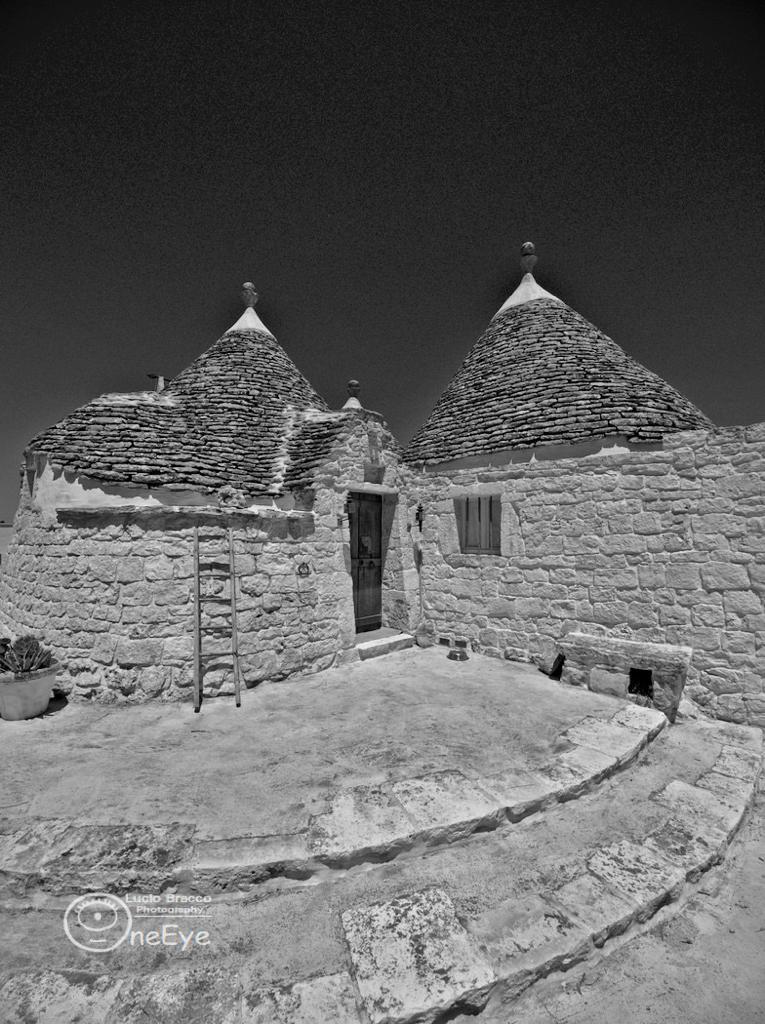
The trullo is essentially a rural building type. With its thick walls and its inability to form multi-story structures, it is wasteful of ground space and consequently ill-suited to high density settlement. However, being constructed of small stones, it has a flexibility and adaptability of form which are most helpful in tight urban situations. In the countryside, trullo domes were built singly or in groups of up to five, or sometimes in large farmyard clusters of a dozen or two dozen, but never for the occupancy of more than a single rural family.
The architecture of these homes is pretty basic. The material used is limestone, which can be found in plentiful quantity in that region. The stones are set to create two rows in a circular shape, to which the conical roof is then added. This structure does not allow for multiple floors, and means that the house will remain comfortably cool in the summer and will be relatively easy to heat during the cold season. Corbelled blocks on the inside, topped with a finishing stone, and slats on the outside render the roof watertight.
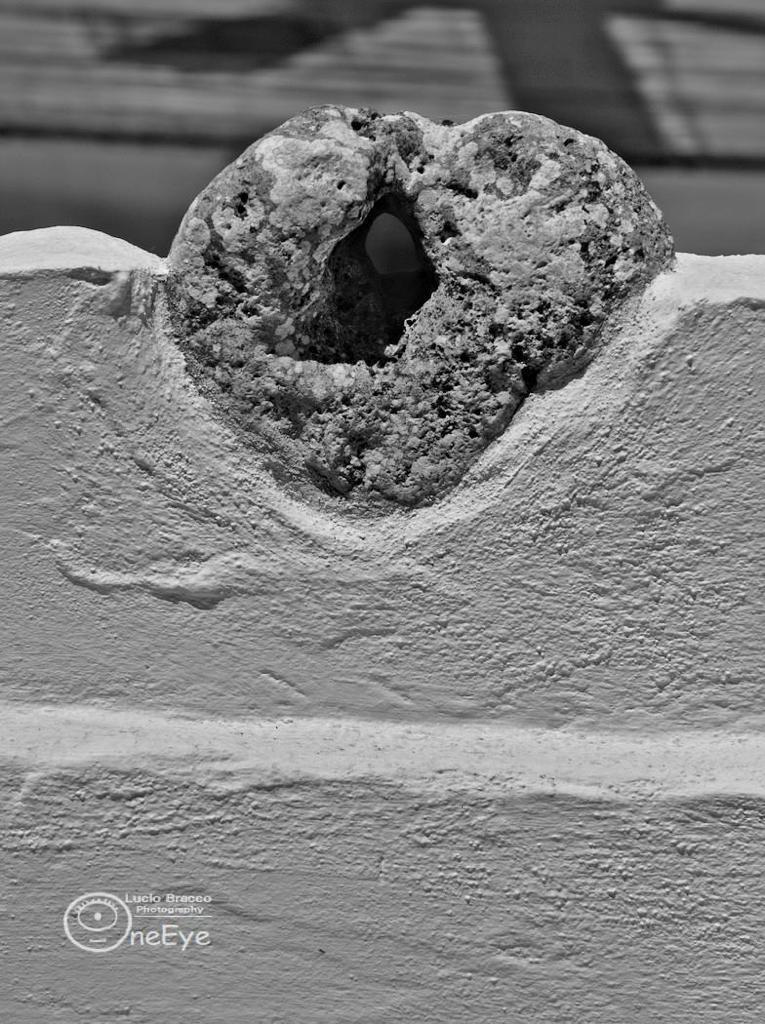
ARCHITECTURE OF A TRULLO
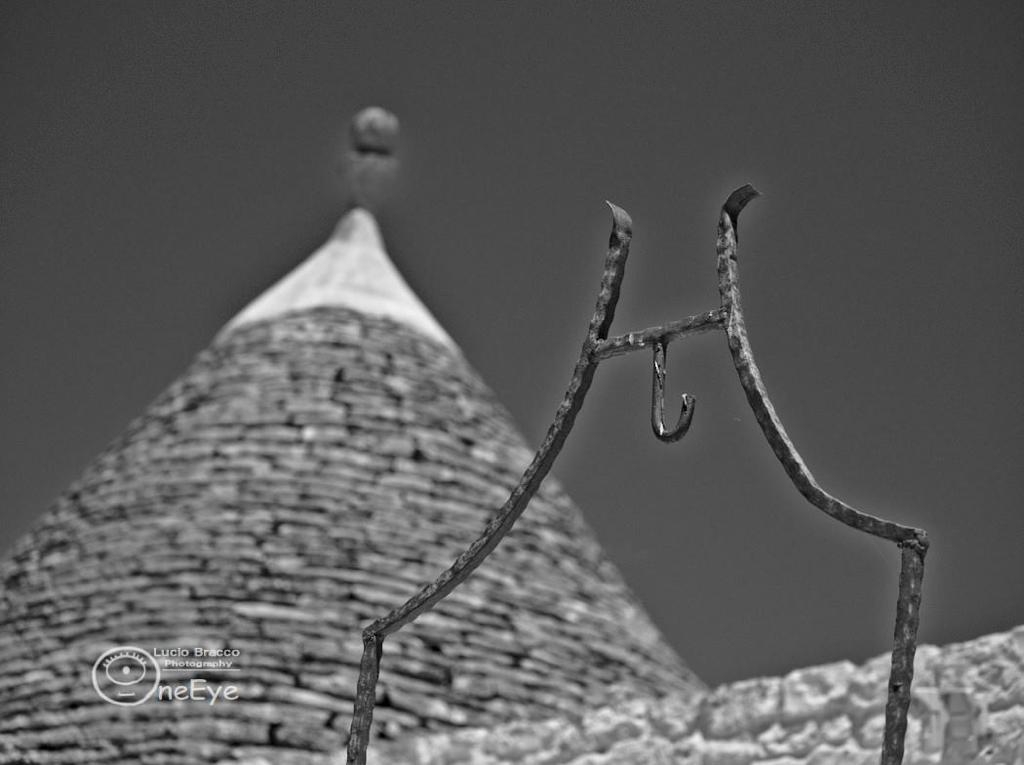
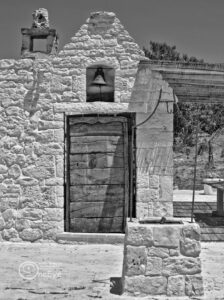
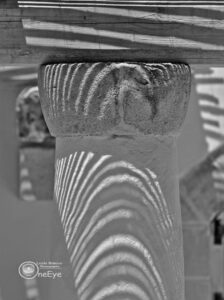
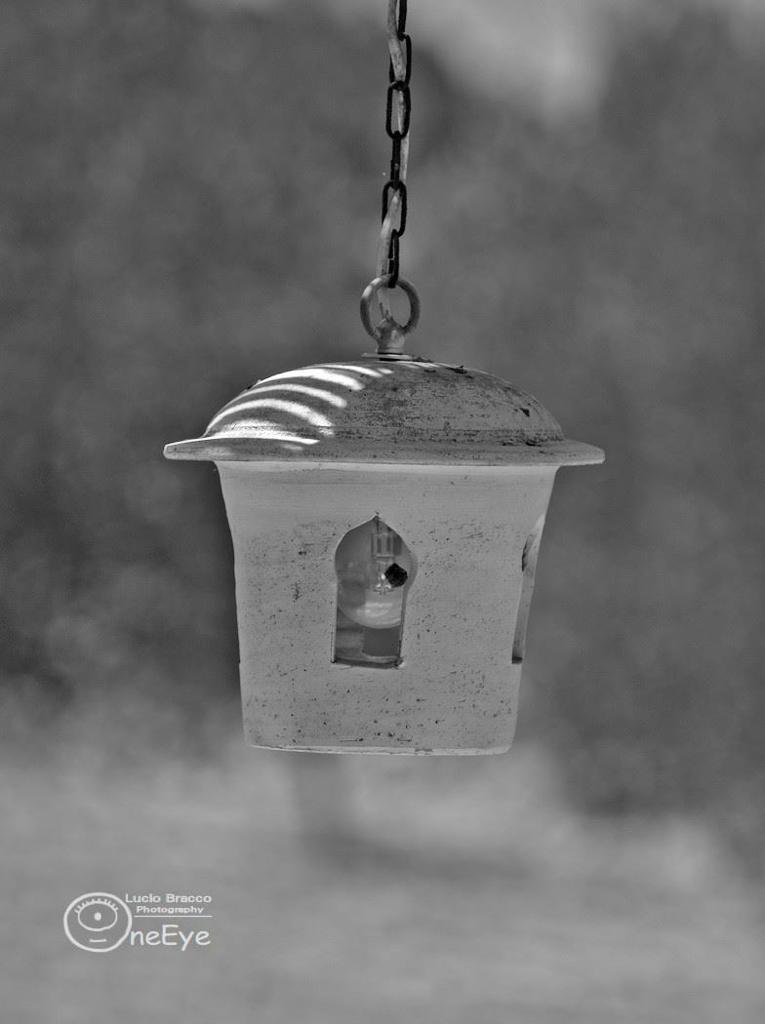
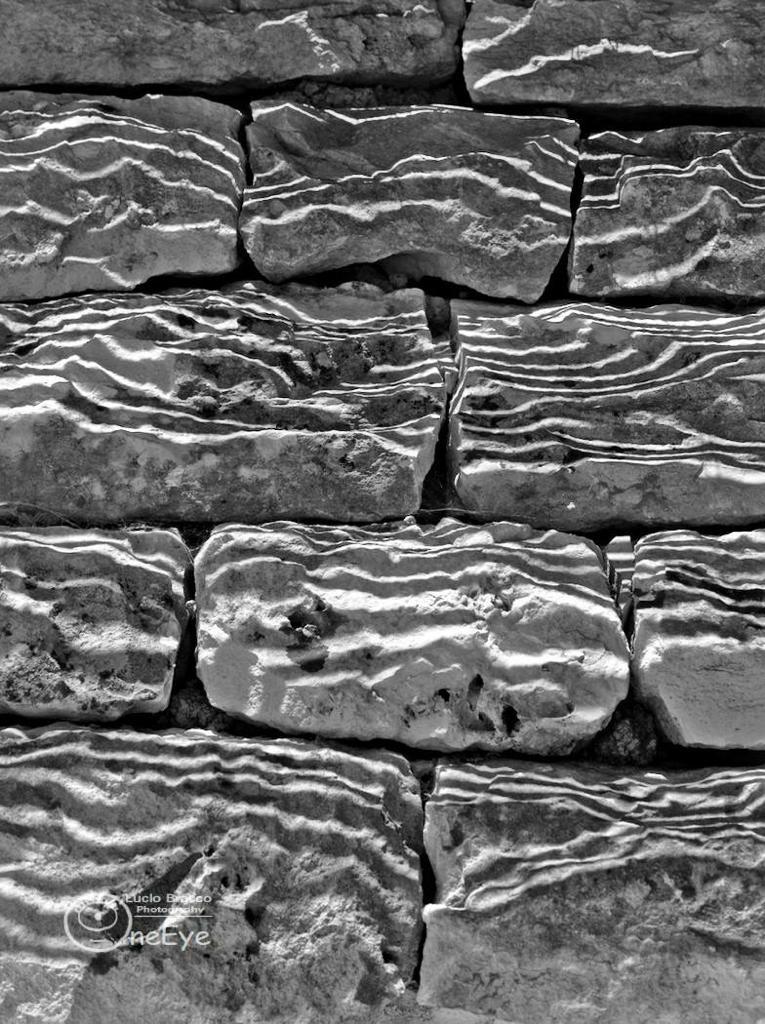
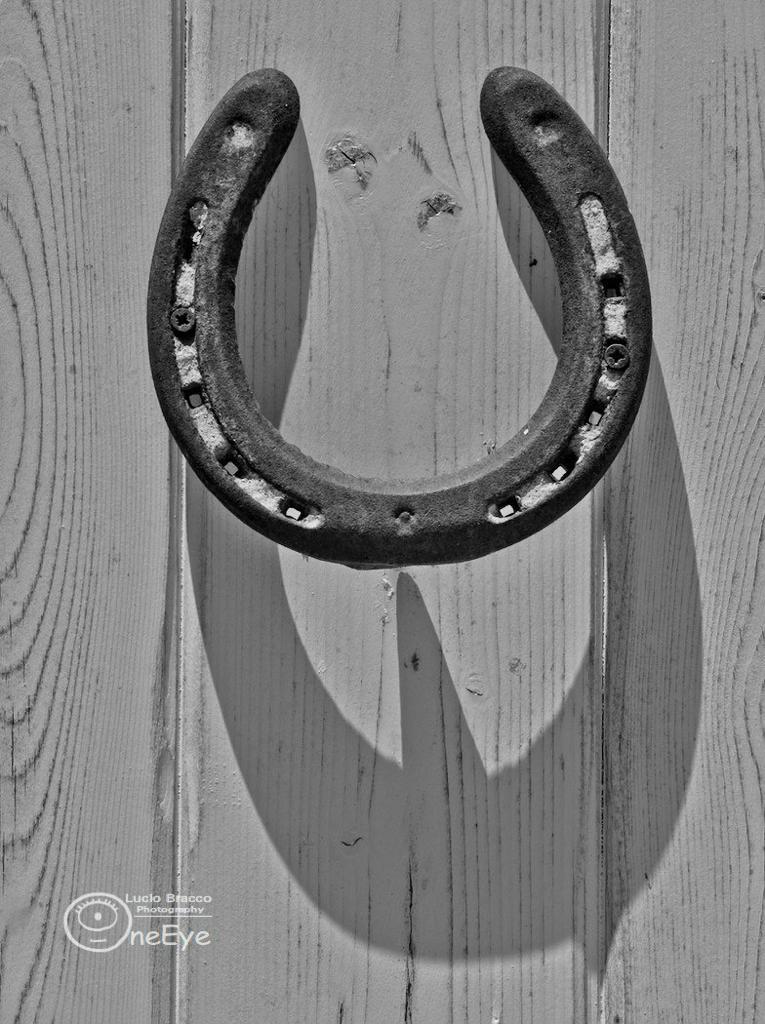
The stones needed for starting to build a trullo were provided by digging a cistern (cisterna), an absolute necessity in an area devoid of water. The cistern was capped with a lime-mortared barrel vault or dome which in many cases supported the floor of the house.
atop a trullo’s cone there is normally a hand-worked sandstone pinnacle (pinnacolo), that may be one of many designs – disk, ball, cone, bowl, polyhedron, or a combination thereof, and is supposed to be the signature of the stonemason who built the trullo.
Additionally, the cone itself may have a symbol painted on it (as shown in the picture of the trulli in Alberobello.) Such symbols may include Christian symbols such as a simple cross, a cross on a heart pierced by an arrow (representing Santa Maria Addolorata, i.e. Our Lady of Sorrows), a circle divided into four quarters with the letters S,C,S,D in them (for Sanctus Christus and Sanctus Dominus according to one source, but more likely the initials of Santo Cosma and Santo Damiano, the two saints the local basilica is dedicated to) and quite a few others.
The vast majority of trulli have one room under each conical roof, with additional living spaces in arched alcoves. Children would sleep in alcoves made in the wall with curtains hung in front. A multiroomed trullo house has many cones representing a room each. Along with its exterior wall, a trullo’s interior room and vault intrados were often rendered with lime plaster and whitewashed for protection against drafts. The thick stone walls and dome of the trullo, pleasantly cool in the summer, tend to become unpleasantly cold during the winter months, condensing the moisture given off by cooking and breathing and making it difficult to feel warm even in front of the fire. The inhabitants simply leave the doors open during the day to keep the interior dry, and live more outdoors than in.
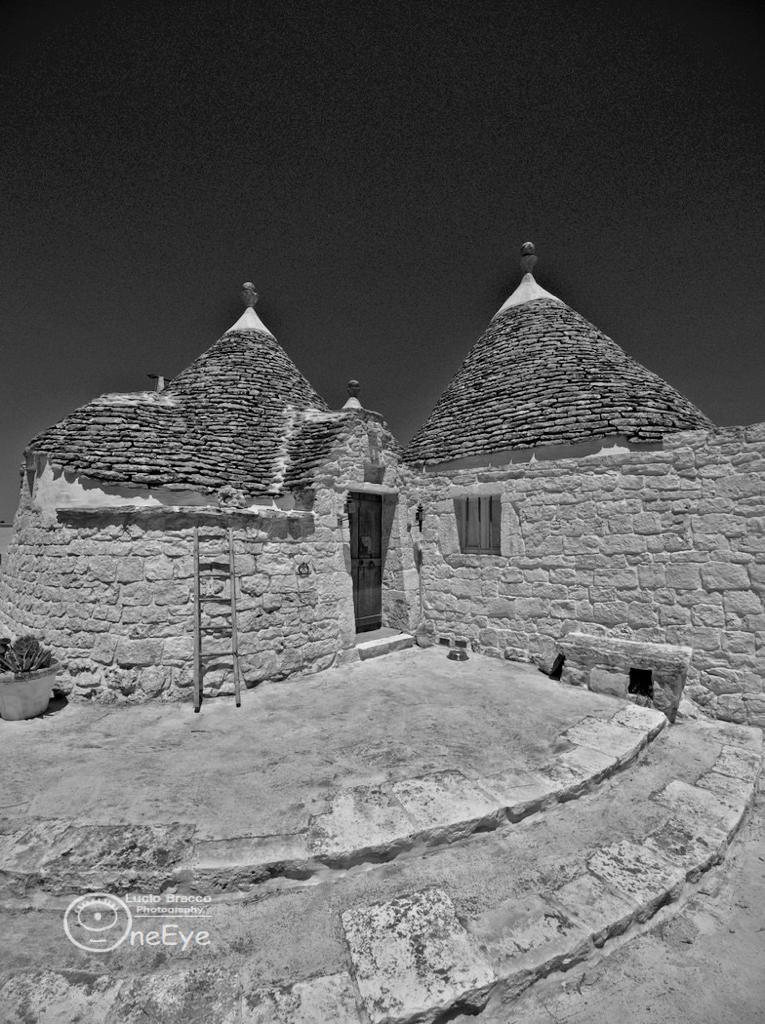
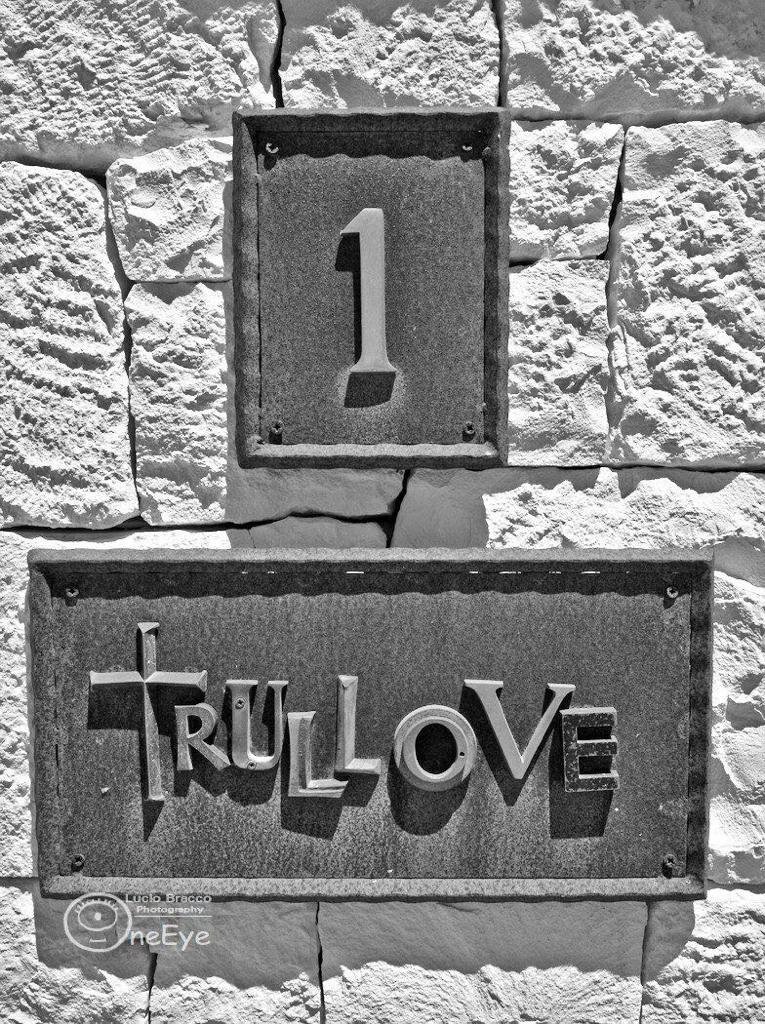
Renovation and extension of an ancient trullo. Ostuni, Puglia.
Team Work: Francesco Sorbo Architect, Gilda Damiani Interior Decorator, Photographs by Denise M. Aford, DMA @ 2013, All Rights Reserved
My client first saw a picture of this trullo on the Internet, then headed to Puglia with her partner to see what it was all about. To them, the trullo was romantic; it was steeped in history; and it was a property they could fix up. It reminded them of the cone-shaped oast houses in the English countryside that were used for drying hops for beer. They also fell in love with the region and the simple way of life they could have in Puglia.
They laid down a deposit on a three cone trullo with a connected Lamia where each room has its own cone-shaped roof , on about two acres.
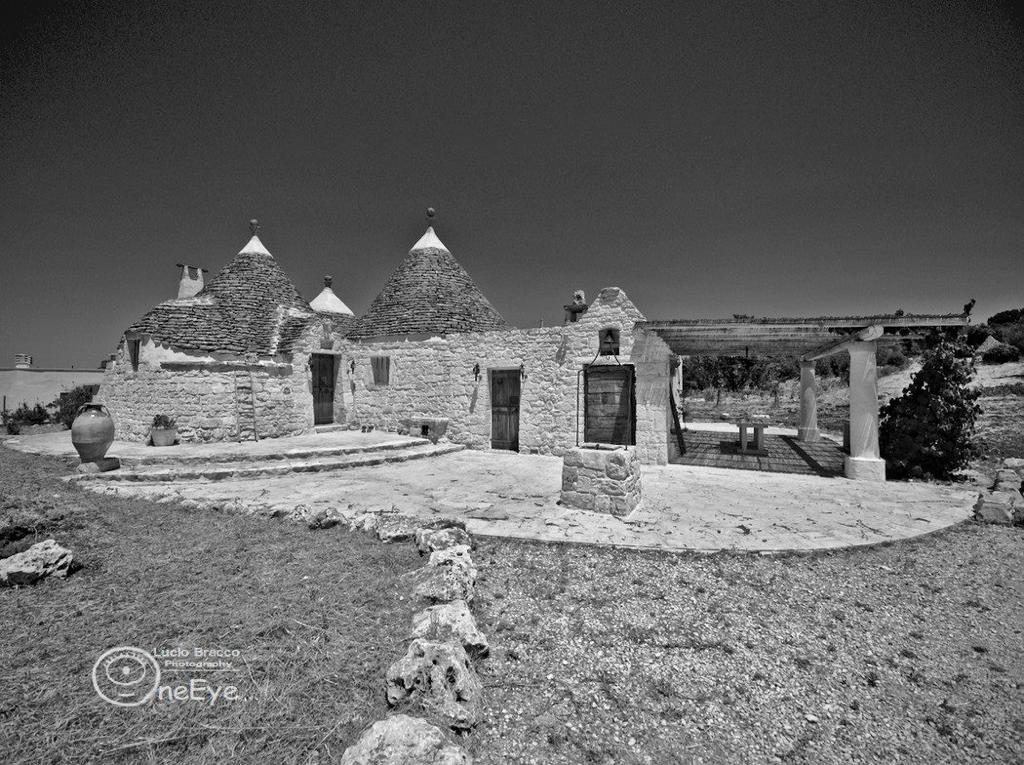
The cost of the restoration was almost double the purchase price due to the very specific and very labour-intensive skills involved.
When restoring the trullo, we used the same materials and techniques used in the past. The original way of building the trullo is both functional and perfect. That aspect has to be maintained to keep its beauty.
Living in a trullo has an entirely different feel and it’s an unique experience, providing a real full immersion in nature which gives you a relaxed emotion for your mind and body’s wellbeing.